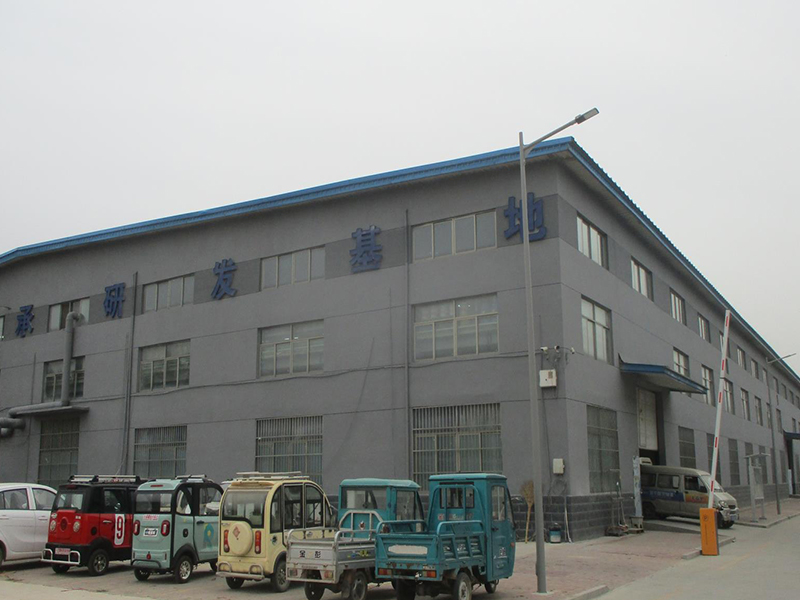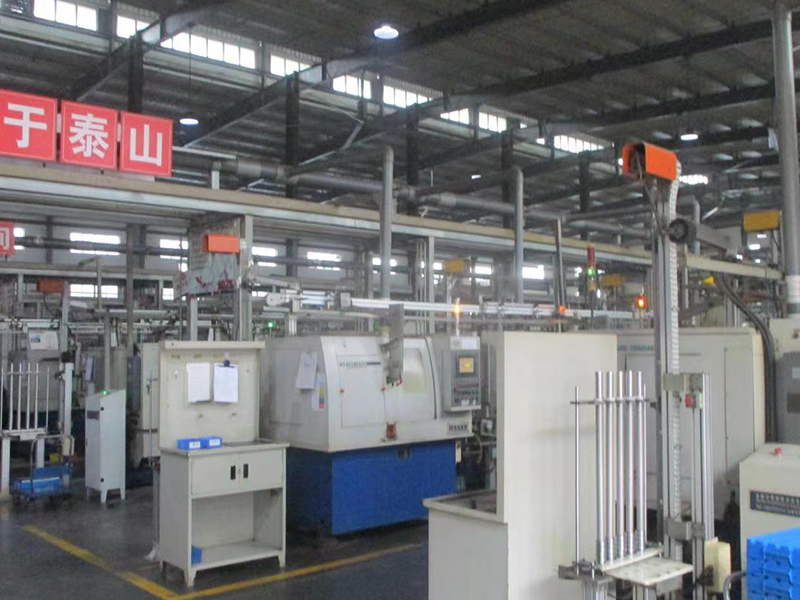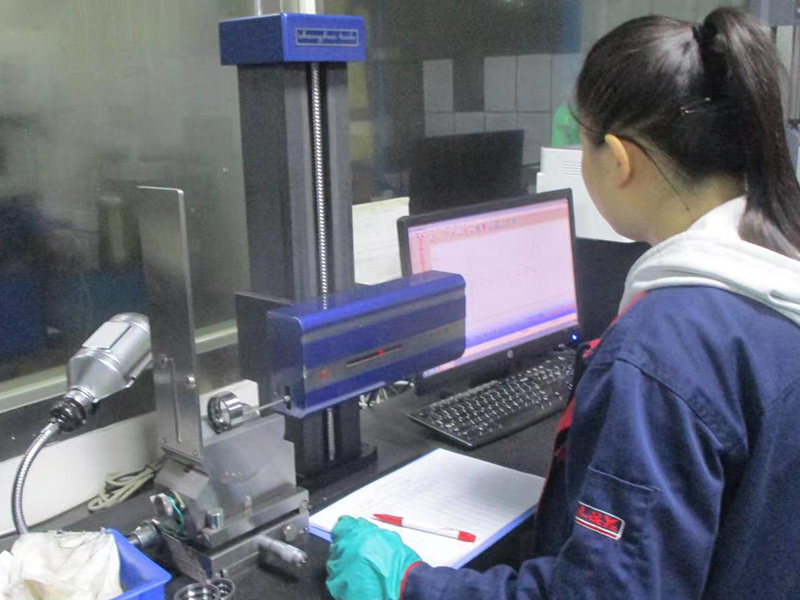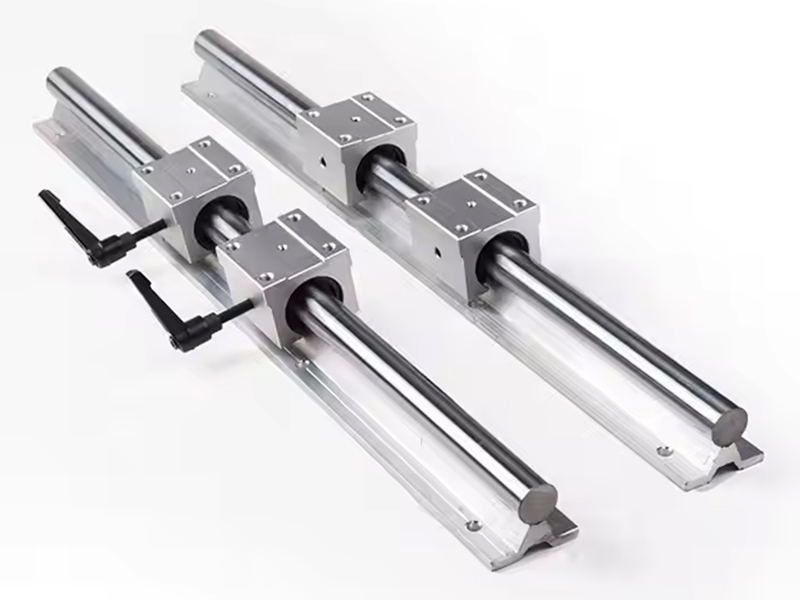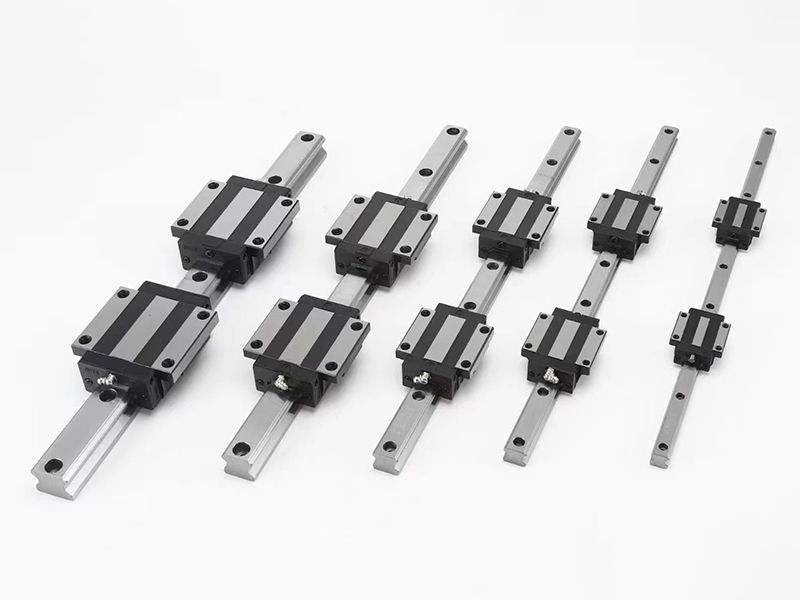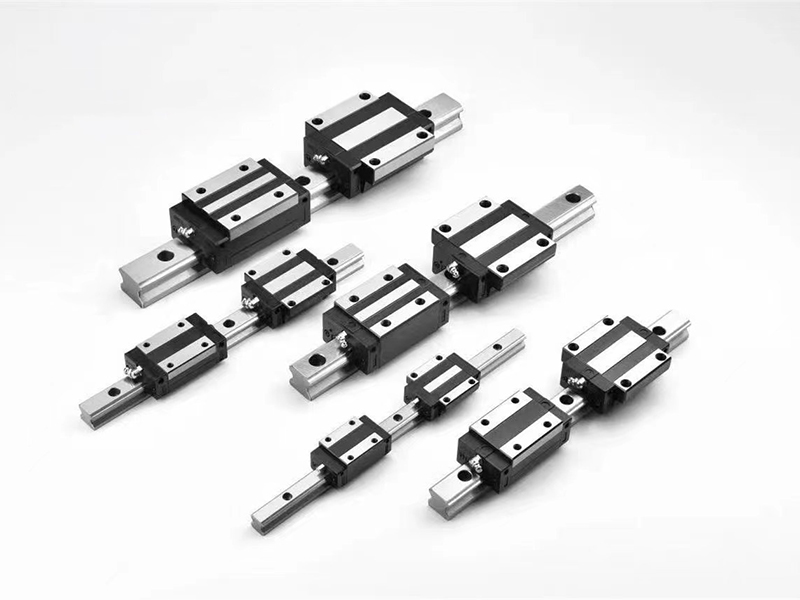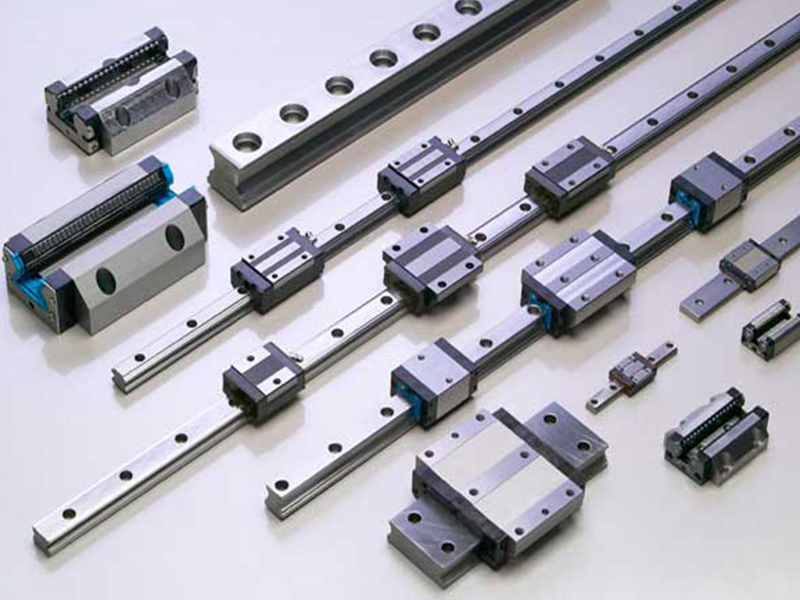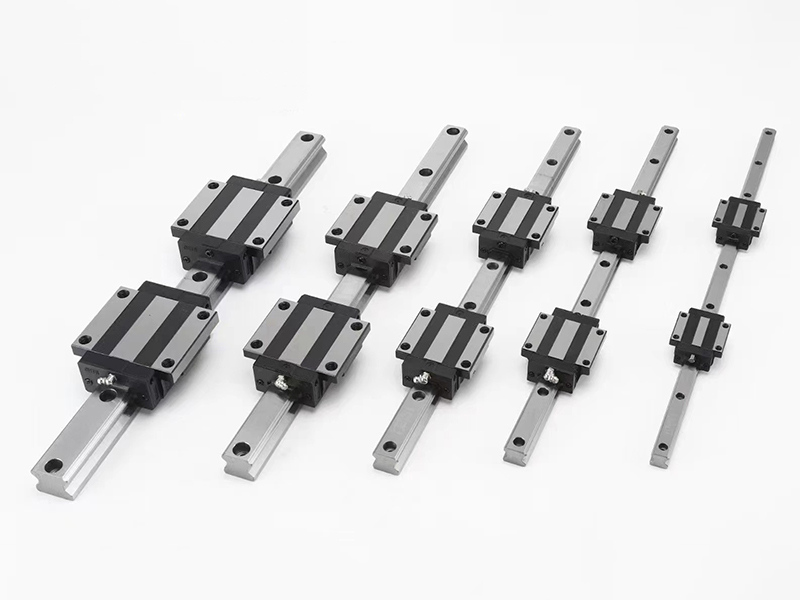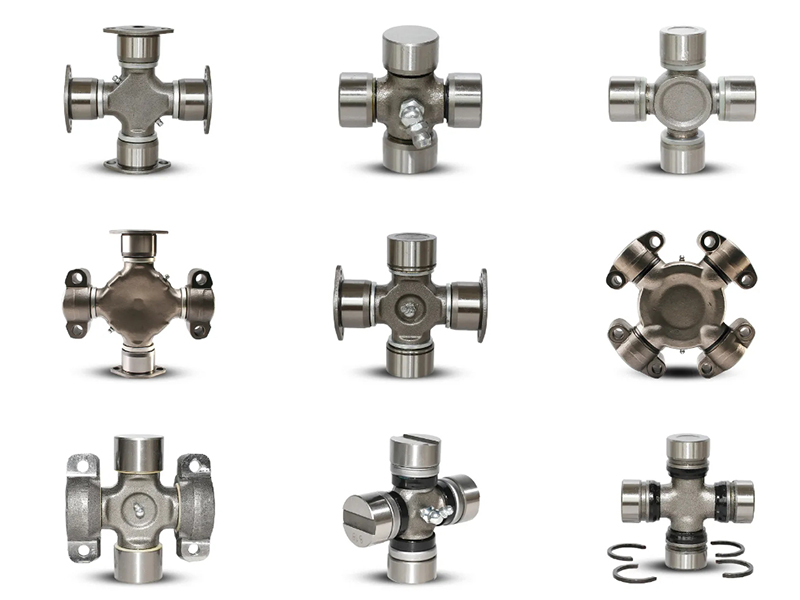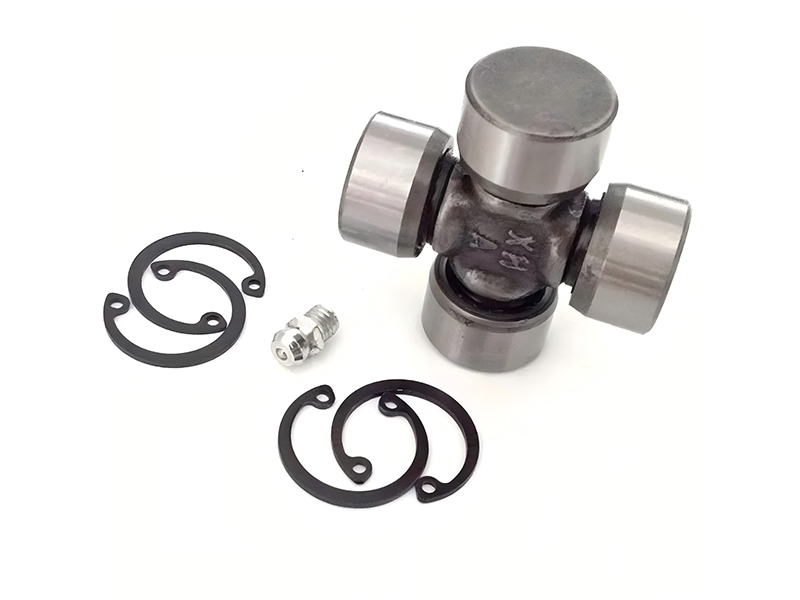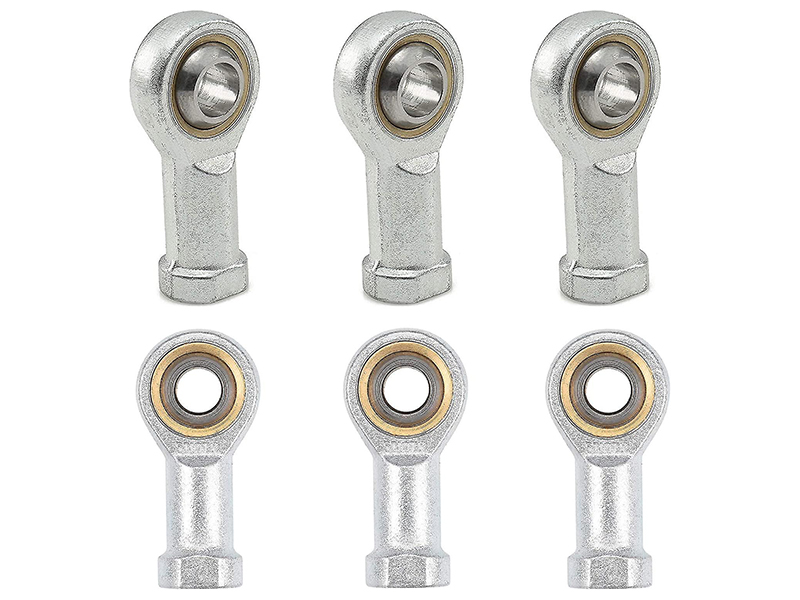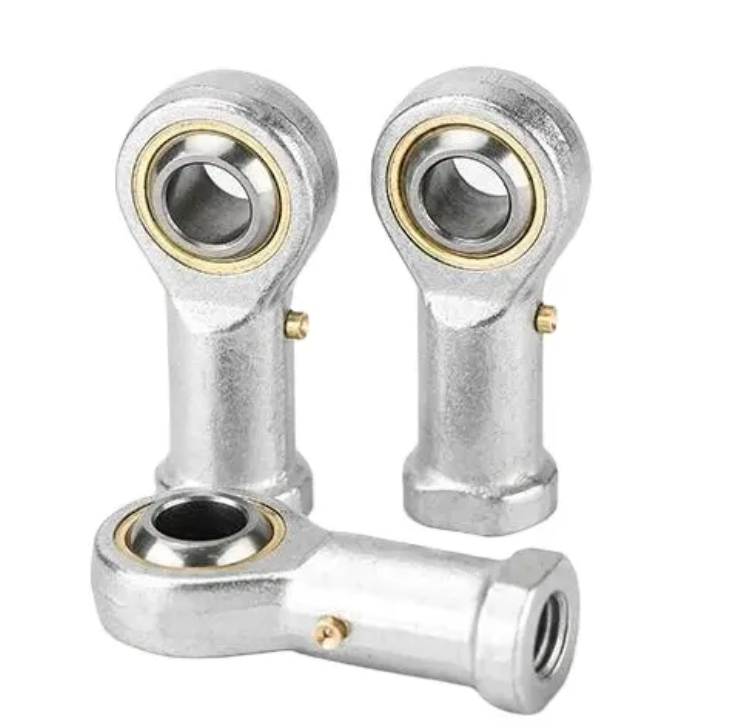Sustainability in Bearings Manufacturing: A Strategic Shift
1. Introduction: The Need for Sustainable Bearings
The global bearings industry, valued at over $120 billion, faces increasing pressure to adopt eco-friendly practices due to:
Stricter environmental regulations (EU Green Deal, REACH, ISO 14001)
Rising demand for energy-efficient machinery
Corporate sustainability commitments (Net Zero goals)
Leading manufacturers like SKF, NSK, and Schaeffler are pioneering sustainable bearing solutions to reduce carbon footprints, waste, and energy consumption.

2. Key Sustainable Manufacturing Strategies
✔ Material Innovation
Recycled Steel: Up to 40% reduction in CO₂ emissions vs. virgin steel.
Bio-Based Lubricants: Plant-derived oils replacing petroleum-based greases.
Long-Life Coatings: Advanced PVD coatings extend bearing life, reducing replacements.
✔ Energy-Efficient Production
Renewable Energy: Factories powered by solar/wind energy (e.g., SKF’s Gothenburg plant).
Heat Recovery Systems: Capturing waste heat from forging processes.
Low-Emission Machining: Dry machining & minimum quantity lubrication (MQL).
✔ Circular Economy Practices
Remanufacturing: Refurbishing used bearings to "as-new" condition (Schaeffler’s Reco line).
Closed-Loop Recycling: Reclaiming steel scrap for new bearing production.
Take-Back Programs: Collecting end-of-life bearings for material recovery.
✔ Lightweight & High-Efficiency Designs
Hybrid Bearings: Ceramic balls + steel races reduce friction & energy loss.
Optimized Geometries: AI-designed bearings minimize material use while maintaining strength.
3. Case Studies: Industry Leaders in Sustainability
| Company | Initiative | Impact |
|---|---|---|
| SKF | "Beyond Zero" Program | Targets carbon-neutral production by 2030 |
| NSK | Eco-Friendly Bearings | 30% less energy loss in HVAC systems |
| Schaeffler | Green Logistics | 100% electric forklifts in warehouses |
| Timken | Wind Turbine Bearings | Extends service life, reducing maintenance waste |
4. Challenges & Future Trends
🔴 Current Barriers
Higher upfront costs for sustainable materials & processes.
Limited recycling infrastructure for specialty alloys.
Balancing performance vs. eco-friendliness in extreme applications.
🟢 Future Innovations
3D-Printed Bearings: On-demand production with minimal waste.
Smart Bearings: IoT sensors for predictive maintenance, reducing premature failures.
Hydrogen-Ready Bearings: Corrosion-resistant designs for green energy applications.
5. How Businesses Can Adopt Sustainable Bearings
Audit Current Usage: Identify high-wear bearings for replacement with long-life or remanufactured options.
Partner with Green Suppliers: Prioritize vendors with ISO 14001 or EcoVadis certifications.
Optimize Maintenance: Use condition monitoring to extend bearing lifespan.
Recycle Proactively: Participate in take-back programs for end-of-life bearings.
6. Conclusion: The Path Forward
Sustainability in bearing manufacturing is no longer optional—it’s a competitive advantage. Companies investing in eco-design, renewable energy, and circular practices will lead the market while meeting ESG (Environmental, Social, Governance) goals.
Key Takeaways:
✅ Material & process innovation drives sustainability.
✅ Remanufacturing and recycling reduce waste.
✅ Energy-efficient bearings lower operational costs long-term.

